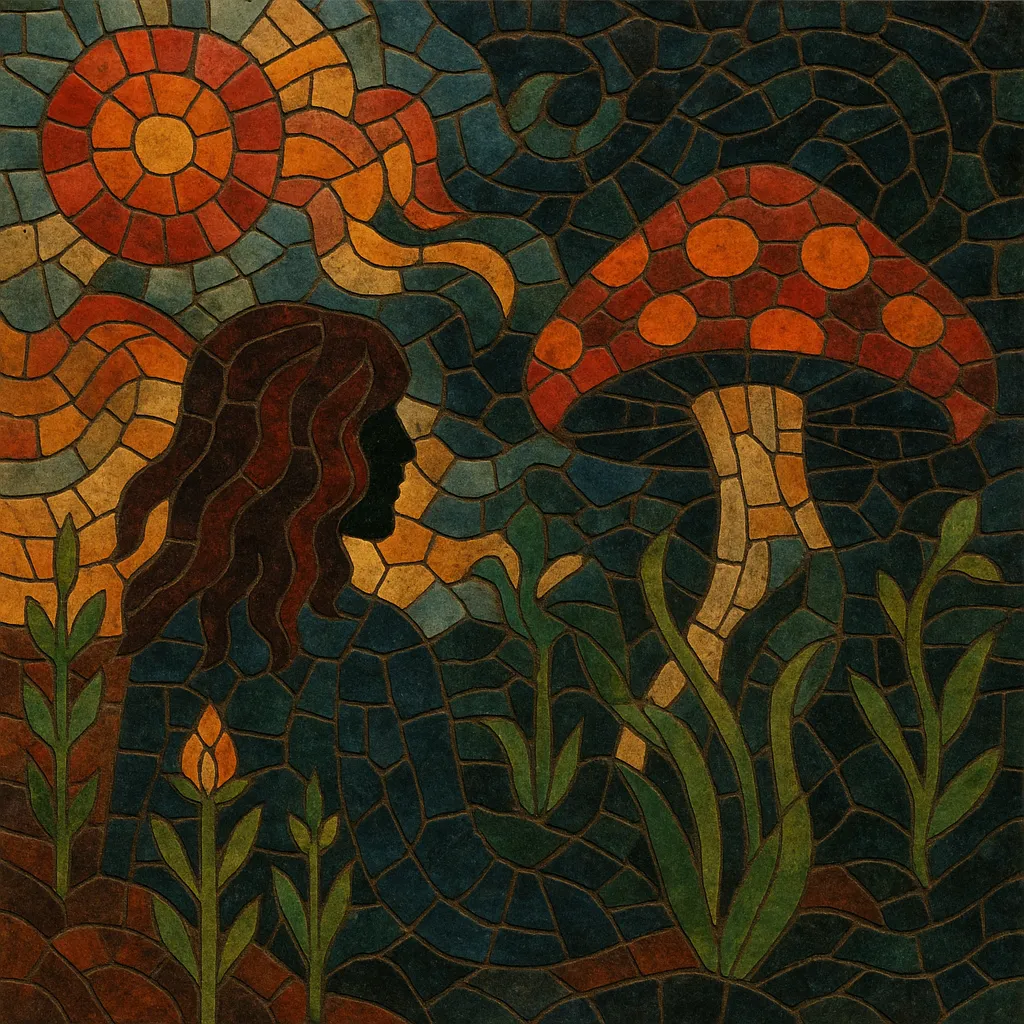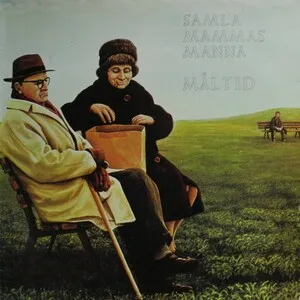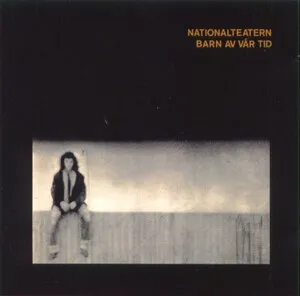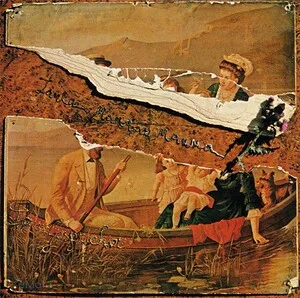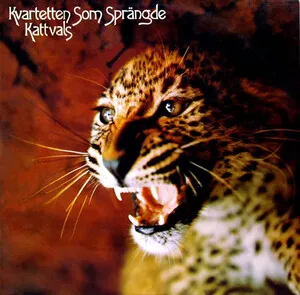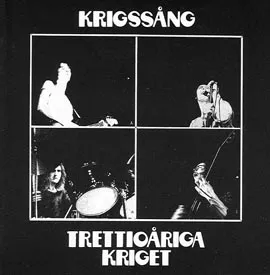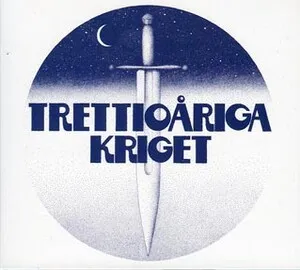Your digging level
Description
Progg is a Swedish countercultural music movement of the early 1970s characterized by left‑wing politics, grassroots organizing, and a deliberate rejection of commercial mainstream music. Although its name resembles "prog," progg is not simply progressive rock; it spans folk, rock, jazz, psychedelia, and experimental forms tied together by socially conscious lyrics and DIY ethics.
Typical progg recordings favor Swedish‑language vocals, collective authorship, and community‑run labels, and they often fuse Swedish folk melodies and dance rhythms with electric rock instrumentation. The result ranges from acoustic protest songs and theatre‑music to fuzz‑driven jams and complex, RIO‑leaning avant‑rock, united by an emphasis on political content and cultural independence.
History
Progg emerged in Sweden around 1969–1970 from student movements, workers’ collectives, and alternative theatres. Early open‑air Gärdet festivals in Stockholm became focal points where rock groups, folk musicians, and political theatre troupes shared stages, establishing a community that prized autonomy, Swedish‑language expression, and accessibility.
Rather than a single sound, progg was an ecosystem—often called "musikrörelsen" (the music movement)—with cooperatives, rehearsal spaces, and independent labels such as MNW, Silence, and Nacksving. Bands mixed rock, jazz, and psychedelia with Swedish folk forms, while lyrics addressed class, anti‑imperialism, feminism, and local social issues. The movement also pushed back against commercial platforms; notably, Swedish public TV withdrew from Eurovision in 1976 amid debates about commercialization, reflecting progg’s cultural influence.
By the mid‑1970s the scene flourished nationwide, from electric folk‑rock outfits and theatre‑rock ensembles to avant‑rock groups aligned with what would become Rock in Opposition (RIO). Touring circuits, community festivals, and collective recording practices spread the aesthetic and the political ethos beyond Stockholm into university towns and industrial regions.
Although the movement waned with changing politics and industry shifts in the early 1980s, its infrastructure and ideals seeded Sweden’s punk, post‑punk, and indie ecosystems. Labels, studios, and a culture of cooperative production carried forward, while reissues and reunions have sustained interest. Today, progg is remembered as both a distinct Swedish sound‑world and a model of artist‑led cultural organizing.
How to make a track in this genre
Write lyrics in Swedish (or the local language) focusing on social justice, labor, anti‑war, feminism, and everyday life. Prioritize collective authorship and a community voice over individual virtuosity.
Use a rock rhythm section (drums, electric bass, electric/acoustic guitars) augmented by organ/piano, flute, violin/fiddle, or harmonium. For electric settings, employ warm overdrive/fuzz and analog keyboards; for acoustic settings, foreground guitar, fiddle, and group vocals. Incorporate Swedish folk timbres where possible.
Blend rock backbeats in 4/4 with Swedish folk dance feels (e.g., polska’s asymmetric three‑beat lilt or schottis patterns). Alternate chant‑like verses with communal, sing‑along choruses. Allow space for modal or pentatonic instrumental breaks and improvised sections drawn from jazz and psychedelic rock.
Favor modal harmony (Dorian, Mixolydian, Aeolian) and folk‑derived melodic contours. Combine simple diatonic progressions for protest songs with occasional extended harmonies or odd meters in more experimental pieces.
Record live when possible to capture collective energy; accept a slightly rough, documentary character. Layer group vocals or theatre‑style narration for emphasis. Maintain dynamic contrast between intimate acoustic passages and full‑band climaxes.
Present music in community spaces and festivals, encouraging audience participation and call‑and‑response. Emphasize transparency in crediting and cooperative decision‑making to embody the movement’s ethos.

